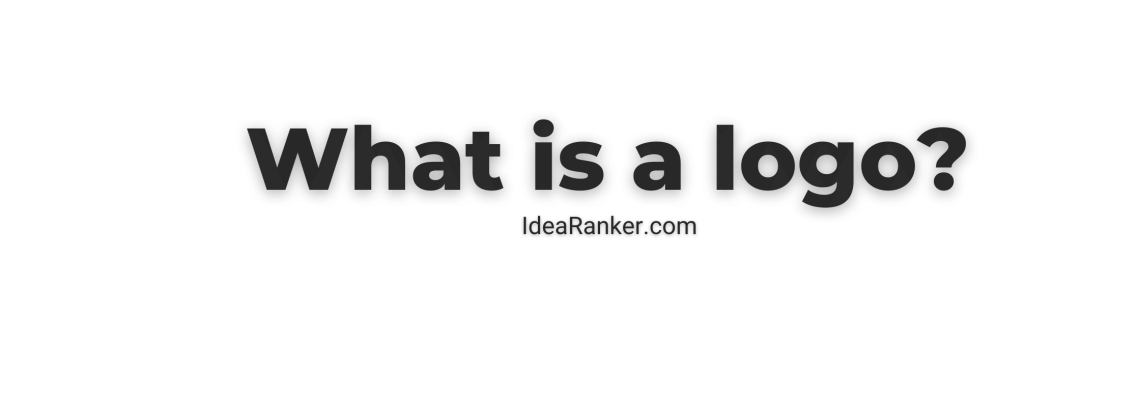
What is a logo ?
A Logo is a design symbolizing one’s organization. It is a design that is used by an organization for its letterhead, advertising material, and signs as an emblem by which the organization can easily be recognized, also called logotype. Logotype is a graphic representation or symbol of a company name, trademark, abbreviation, etc., often uniquely designed for ready recognition.
You may also think of a logo as a simple visual mark to identify your company product or service. There are different types of signs and emblems easily recognized and associated with purposes. For example, crests are used to identify a country or family. There was a time when only big enough organizations could afford to make their own crest. They were in some cases very detailed drawings with many objects to enrich the crest. Cost was not an issue and more was considered better. Then flags were used due to their larger format. They were visible from the craft fields from long distances. Road signs were designed for informational purposes. They use such techniques as contrasting colors, simplified and yet stylish formats to identify and attract more attention and convey information.
Nowadays, the most popular and successful companies continue to say that “simpler is better”, especially today when everything is moving so fast you have less and less time to impress your customers. So it has to be done in a very stylish manner yet remaining conservative so that it’s easier for the eye to catch and the brain to memorize your logo design.
These days you also have to consider the reproduction cost. More detailed and colorful logo designs are harder to reproduce and they of course cost more. You also have to consider the size that your logo is going to be used at. The perfect logo design will look great on a sign board as well as on a business card or on a pen for example.
We have talked about the general use of a logo. Now we are going to get into a more detailed look at the logo. There are some general types of logos: Iconic Logo – Some kind of graphical element related to the business field or just an abstract image, for example: Nike, AOL, Micheline. Logotype – Logo based only on the company name. A unique font, or unique layout style can make a great logo, for example: Sony, Coca-Cola , IBM.
What Does a Logo Do?
Answer: Most of the heavy lifting.
A logo is important for a number of reasons, mainly being that it:
1. Makes a great first impression, which invites customers to interact with your brand
2. Helps you to create a brand identity
3. Gives your company a symbol through which people can better remember you
4. Distinguishes you from competitors
5. Fosters brand loyalty
Color
Colors go way beyond aesthetic appeal – they’re the core communicators of your message. They tell your audience if you’re playful or serious, innovative or wholesome, cutting-edge or timeless and stable.
Your logo color palette can be made up of a single color or several (although we recommend staying within a two- or three-color combination). The colors you pick will later seep into other branding materials you create as well, so choose wisely!
Typography
This is basically what all of us non-design folks think of as a font; typography includes
the letters you’d see in a logo, arranged in some kind of consistent design.
You’ll find logos built around a single letter, a monogram, or even the full name of a business
.
Image
An image can range from the simplest arrow to a detailed rendition of an abstract orangutan. It can be an icon, a symbol – perhaps a picture that represents something you sell or a value you stand for.
If you’re choosing to go with an image, remember that your logo will likely need to be resized depending on where it’s being placed; try to use something that looks clear and scalable.
Tagline
Situated under a logo, a tagline typically comprises of a sentence or catchphrase designed to hook your audience, or clarify what your company does.